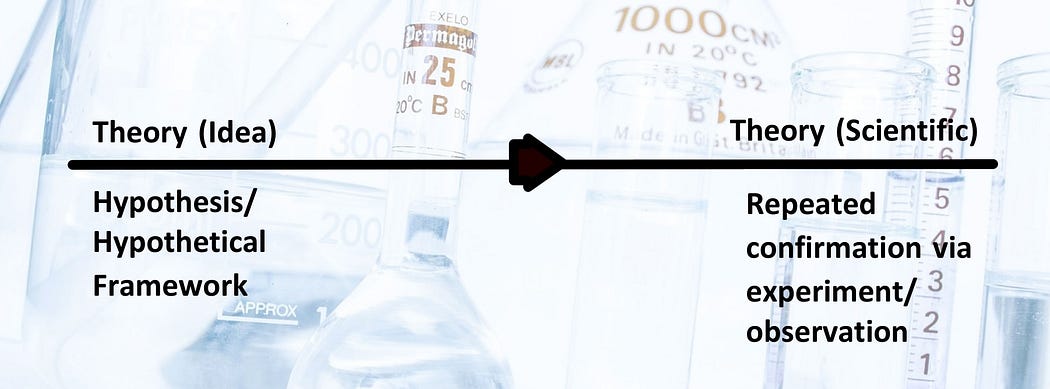Punctuation is to writing as gas is to a car: you can’t have one without the other. Sure, you can try writing without commas, apostrophes, or periods, though there’s only so much you can do. Before long, missing punctuation leaves readers dazed and confused without enough context, clarity, or structure.
If you think punctuation only matters to English majors, think again. Good writing, including correct grammar and punctuation, helps you communicate effectively no matter your profession. Proper punctuation will take you far, whether you’re writing an email to a client or submitting a college application. That’s why it’s worth learning more about what punctuation means, common and uncommon punctuation, typical mistakes, and related questions.
What Is Punctuation?
The best way to understand punctuation is to think of punctuation marks (like question marks, apostrophes, and periods) as writing tools. Punctuation refers to the use of these tools to add structure and definition to writing. For example, a sentence isn’t a sentence without a final touch, like a period or exclamation point.
Punctuation can also be used to change the meaning of a sentence without changing the words. For example, replacing one punctuation mark for another completely changes the meaning of the following text:
My Uber is here.
The period in this sentence indicates a statement or a fact.
My Uber is here?
When replacing the period with a question mark, the validity of this statement is called into question. The same words are used to indicate disbelief or potential confusion. This is one way that understanding the basics of correct punctuation can take your writing to new heights.
Common Punctuation
If you’ve ever wondered, “What are the basic rules of punctuation?” you’re not alone. Learning about the most common punctuation marks and their uses is an excellent first step. Here are some you’ve likely already seen, plus how to use them.
Period
Periods are used to finish a sentence or express a neutral tone. While the same dot is used in other forms of punctuation like an ellipsis (…), it’s not a period unless it stands alone.
Comma
Commas separate ideas or indicate pauses. For example, they’re found in lists in a sentence or to express a verbal break. Commas are one of the most common types of punctuation, though they’re also prone to misuse.
Apostrophe
This punctuation mark is associated with possessive nouns (like Abdullah’s house) or in contractions when two words become one (like won’t). It’s also applied to shorten dates (like ’22 instead of 2022) but not for plural nouns (CDs). Much like commas, apostrophes are a popular form of punctuation, though they are often misunderstood in practice.
Uncommon Punctuation
Semicolons and colons are slightly less common punctuation marks. They’re also somewhat similar to each other and sometimes mistakenly reversed. Here’s how to use both correctly for better writing.
Semicolon
A semicolon is a cross between a comma and a colon, hence its name. It’s also less common than a colon.
Semicolons are used in a number of ways, such as to link two independent clauses. (A clause is part of a sentence that could also be its own sentence, grammatically speaking.) They’re also used to separate items in a list when the items are already separated by commas.
For example, “I plan to visit New York, New York; Baltimore, Maryland; and New Castle, Pennsylvania.”
Colon
The colon is used as an introduction before lists, explanations, or longer quotes. (Shorter quotes are preceded by a comma.)
For example, “You need a few ingredients: eggplant, tomatoes, cucumbers, and feta.”
Colons are also used in between independent clauses if the second explains the first.
For example, “I can’t make it tomorrow: I have a doctor’s appointment.”
Common Punctuation Mistakes
Punctuation marks are used in a number of ways, which can sometimes create confusion. Here are a few of the most common punctuation mistakes and how to avoid them.
Commas
Commas are used to separate transitional words or introductory phrases from what follows. Here’s an example of a missing comma.
However she was only five minutes late.
Here’s how to write it correctly:
However, she was only five minutes late.
As you can see, the comma separates the transitional word or introduction from the rest of the sentence.
Apostrophes
An apostrophe’s placement in a word indicates whether something is singular or plural. For example, when describing two people, here’s how an apostrophe is used incorrectly:
My parent’s house is a block away.
In this case, placing
the apostrophe after parent indicates one person (i.e., one parent).
Here’s what it should’ve been:
My parents’ house is a block away.
In this case, the apostrophe placement indicates a plural noun instead of a singular noun (i.e., parents instead of parent). As you can see, correct apostrophe use requires precise placement within a word.
The Importance of Punctuation
Punctuation is as important to writing as the letters of the alphabet. Unless you’re writing something as elementary as “SOS,” you’ll need punctuation to add context and form to your text.
Have you ever wondered, “How do you memorize punctuation rules?” The good news is you don’t have to. While you may need to look up a few rules or examples initially, you’ll start to remember them through repetition.
From: Editor World


